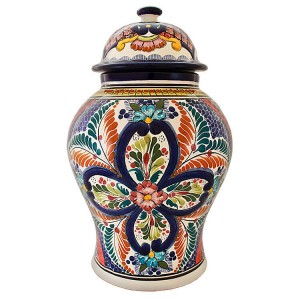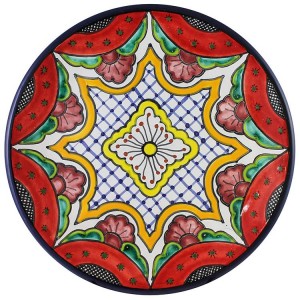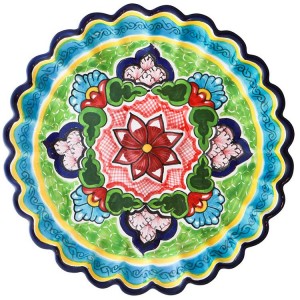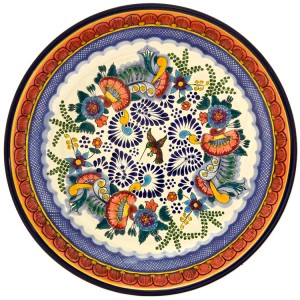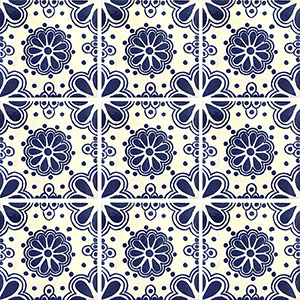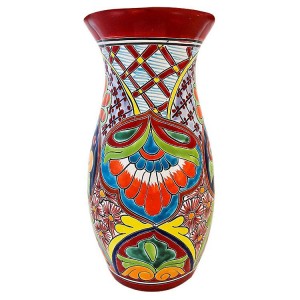 This year get creative and choose gifts to delight everyone on your list and be remember for this unique piece of art.
This year get creative and choose gifts to delight everyone on your list and be remember for this unique piece of art.
You will find something unique for your friends and family that they will appreciate you for it, because it will change the look in any room of thier home.
Talavera decorative pieces will enhance any room of any home lacking in liveliness as to cause mental weariness.
Talavera pottery comes in inexhaustible shapes, colors and forms making it one of the most versatile workings of art, which makes it uncomplicated to appeal to a variety of taste.
There is a such wide variety to choose from that while you are determining what to buy, you will most likely have a harder time deciding which pieces to keep for yourself and which ones to give as gifts.
Talavera is furthermore a brilliant option for home remodeling projects, you can transform your kitchen with tiles, murals, floor tiles, cooking ware, wall plates, and dishes.
If you are thinking about your bathroom, you have talavera sinks, mirrors, and bathroom accessories.
You also can convert the look and feel of your dinning space, living-room, bedroom, and floors, here is no end to the many ways you can fix up and change the look in your household.
After you get a Talavera pottery piece, you are in possession of a part of fine art that has a rich history and a tradition going back to the 16Th century after it was formerly introduced by the Conquistadors to the Nueva Espana.
The indigenous people who learned the old techniques added their own themes, colors and shapes, which gave birth to the pottery that we see today.
When you look at a Talavera vase, jar, urn, platter, plate, bath accessories, and tiles you will notice the influence of the different cultures; Arab, Spanish, Chinese, Italian, and Mexican that where involved in the evolution of this world-renowned art that had a great influence throughout the newly discover world.
Due to due to its functionality and durability in every day use, Talavera pottery became popular in the 19Th century and in many cases a Talavera piece would become a legacy within a family, passing from one generation to the next one. Today, this can also be true, you can start a little legacy for you, or someone that you know.
In our day, this will also will hold to be true, you can start a minor legacy of your own, or someone that you know.
This year give out extra significance with less expenses with a piece of hand painted Talavera pottery, the finest earthenware of Mexico.

